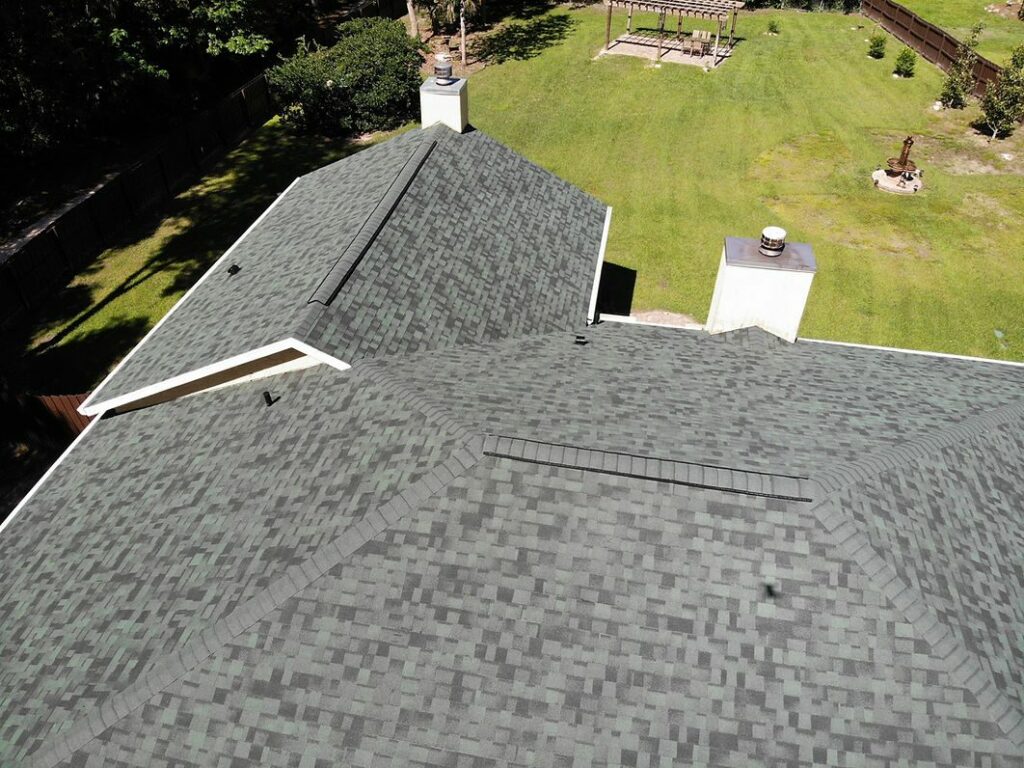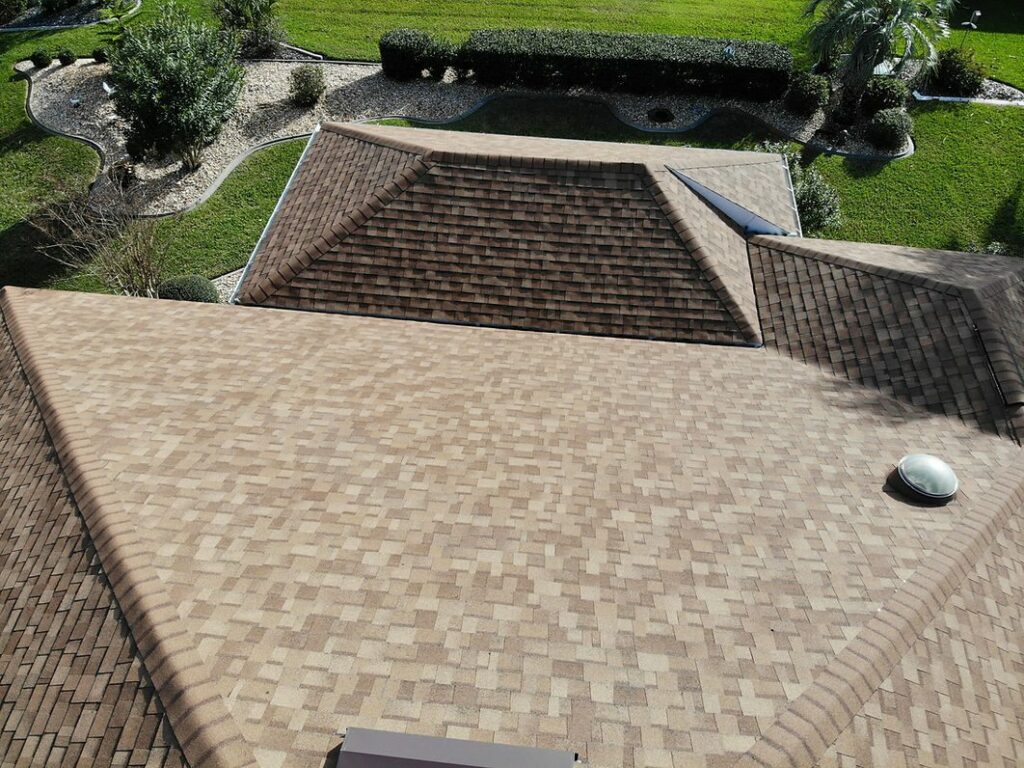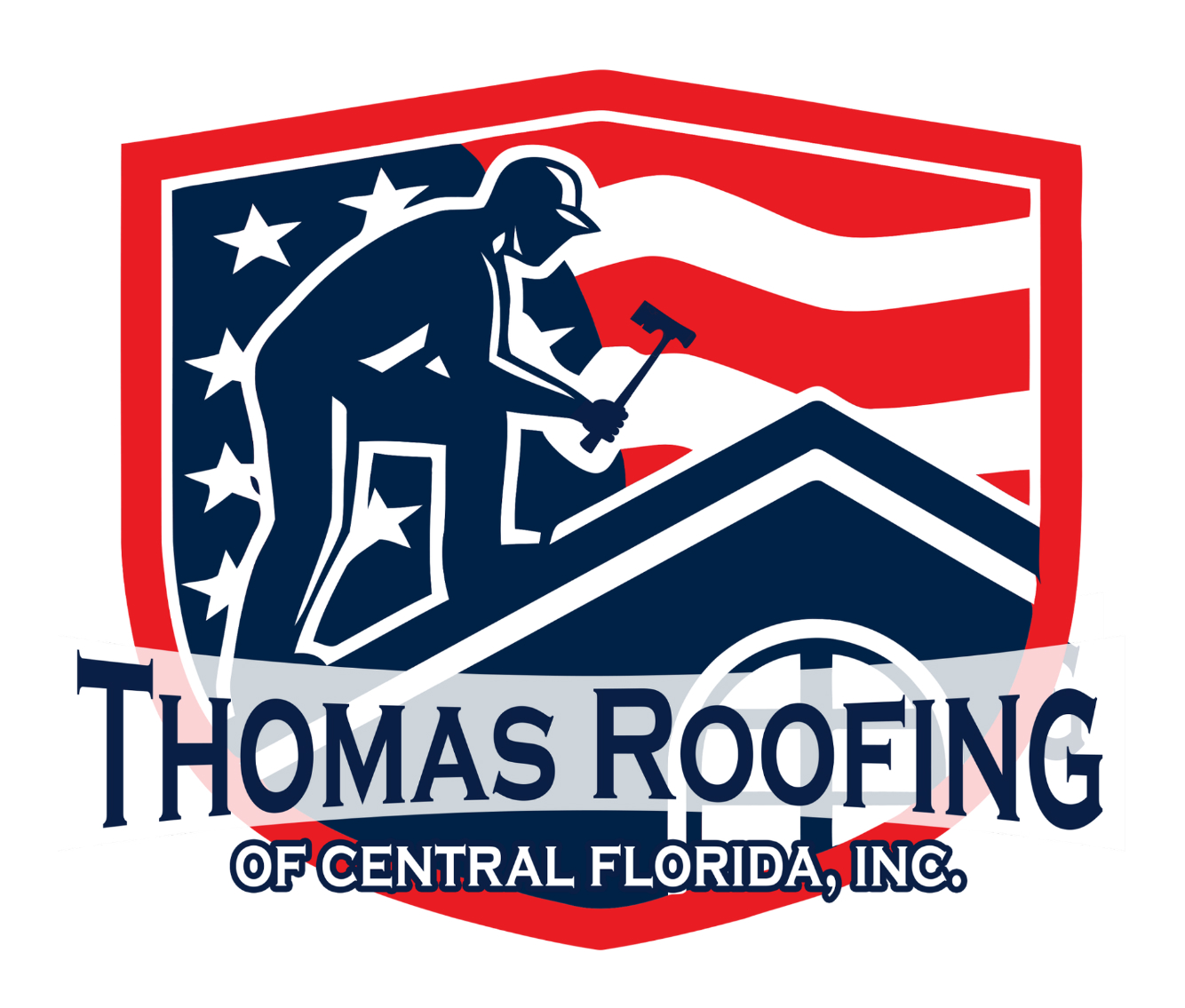Understanding the Importance of Roofing in Ocala, Florida
With the astounding current construction boom in the Ocala area, the importance of having an attractive, yet functional roof has become even more important. A well-constructed roof protects you from the Florida weather, enhances the beauty of a home or business , and increases property values dramatically. On the other hand, a poorly constructed roof can lead to leaks, energy inefficiency, and structural damage, especially in areas like Central Florida, where weather conditions can be extreme (and unpredictable). So, what do you do for roofing solutions in Ocala? In this post, we will take a quick look at some general knowledge that you should have before splurging on a new roof.
Types of Roofing Materials
Asphalt Shingles
- Popularity: Most common in the U.S. Asphalt shingles are favored for their cost-effectiveness and ease of installation. They come in a variety of colors and styles, making them versatile for different architectural designs.
- Durability: Typically lasts 15-30 years depending on the quality and maintenance. Proper installation and regular upkeep can extend their lifespan.
- Cost: Affordable, ranging from $70 to $120 per square (100 square feet). This makes them an economical choice for many homeowners.
- Advantages: Easy to install, repair, and replace. They offer good fire resistance and are suitable for a wide range of climates.
- Disadvantages: Can be prone to wind damage and may not be the best option in areas with extreme weather conditions. They are also susceptible to algae growth in humid climates.
Metal Roofing
- Lifespan: Metal roofs can last between 40-70 years, making them a long-term investment. They are highly resistant to weathering and corrosion.
- Cost: Higher initial cost, typically between $120 to $900 per square, depending on the metal type. However, the longevity and energy savings often offset the upfront expense.
- Advantages: Durable, eco-friendly, and energy-efficient. Metal roofs reflect solar radiant heat, which can reduce cooling costs by 10-25%.
- Disadvantages: Noisy during rain or hailstorms unless soundproofing measures are taken. They can also dent from heavy impacts, such as falling branches.
Tile Roofing
- Lifespan: Lasts between 50-100 years. Tiles are highly durable and can withstand harsh weather conditions, including hurricanes and earthquakes.
- Cost: Expensive, with costs ranging from $300 to $700 per square. The high price reflects their longevity and aesthetic appeal.
- Advantages: Long-lasting, fire-resistant, and energy-efficient. Tiles provide excellent insulation, reducing energy costs for heating and cooling.
- Disadvantages: Heavy, requiring additional structural support. The installation process is complex and time-consuming.
Slate Roofing
- Lifespan: Exceptional longevity, lasting 75-200 years. Slate is one of the most durable roofing materials available.
- Cost: Very expensive, with prices ranging from $600 to $1,500 per square. The high cost is due to the material’s durability and the expertise required for installation.
- Advantages: Extremely durable, low maintenance, and offers a unique, natural look. Slate is fireproof and environmentally friendly.
- Disadvantages: Heavy, requiring reinforced roof framing. The installation and repair process is specialized and costly.
Roofing Installation Process
Step-by-Step Guide- Inspection and Preparation:
- Evaluate the roof’s condition: A thorough inspection identifies any underlying issues that need to be addressed before installation.
- Remove old roofing materials: Stripping away the old materials ensures a clean and solid base for the new roof.
- Repair any structural damage: Addressing any structural issues is crucial to support the new roofing materials and prevent future problems.
- Installation of Underlayment:
-
- Apply waterproof barrier: Underlayment acts as an additional layer of protection against water infiltration.
- Ensure proper sealing around vents and chimneys: Proper sealing prevents leaks and enhances the roof’s overall integrity.
- Laying the Roofing Material:
-
- Install shingles/tiles/metal sheets: Following the manufacturer’s guidelines ensures proper overlap and secure fastening.
- Follow manufacturer’s guidelines for overlap and securing: Correct installation techniques are essential for the roof’s durability and performance.
- Flashing and Ventilation:
-
- Install flashing around edges and protrusions: Flashing prevents water from seeping into the roof at vulnerable points.
- Ensure adequate ventilation to prevent moisture buildup: Proper ventilation reduces the risk of mold and extends the roof’s lifespan.
Maintenance Tips for Longevity
Regular Inspections
- Frequency: Twice a year, ideally in spring and fall, and after major storms.
- What to Look For: Missing shingles, damaged flashing, signs of leaks, and any other visible damage. Early detection of issues can prevent costly repairs.
Cleaning Gutters
- Importance: Prevents water backup and roof damage. Clogged gutters can cause water to overflow, leading to roof and foundation problems.
- How To: Remove debris, ensure downspouts are clear. Regular cleaning ensures water flows freely away from the house.
Moss and Algae Removal
- Methods: Use a mixture of water and bleach, or specialized cleaners. Install zinc or copper strips to prevent future growth.
- Prevention: Trim overhanging branches to reduce shade and moisture, and ensure proper sunlight reaches the roof. Proper maintenance keeps the roof looking clean and extends its lifespan.

Roofing Statistics and Trends
Industry Insights
- Market Size: The global roofing market was valued at $102.4 billion in 2020.
- Growth Rate: Expected to grow at a CAGR of 4.6% from 2021 to 2028, driven by increasing construction activities and demand for durable roofing materials.
- Popular Materials: Asphalt shingles hold the largest market share due to their affordability and ease of installation.
Environmental Impact
- Recycling: 10 million tons of shingles are recycled annually in the U.S., reducing landfill waste and promoting sustainability.
- Energy Efficiency: Cool roofs can reduce energy costs by up to 15% by reflecting more sunlight and absorbing less heat.
Local Trends in Ocala, Florida
- Common Materials: Asphalt shingles and metal roofing are popular due to their suitability for the local climate, which includes very hot summers and frequent storms.
- Homeowner Preferences: There is an increasing demand for energy-efficient and eco-friendly roofing options, reflecting broader environmental concerns.
External Resources
- National Roofing Contractors Association: Find reputable roofing contractors and industry news.
- Environmental Protection Agency (EPA): Information on cool roofs and their benefits.
